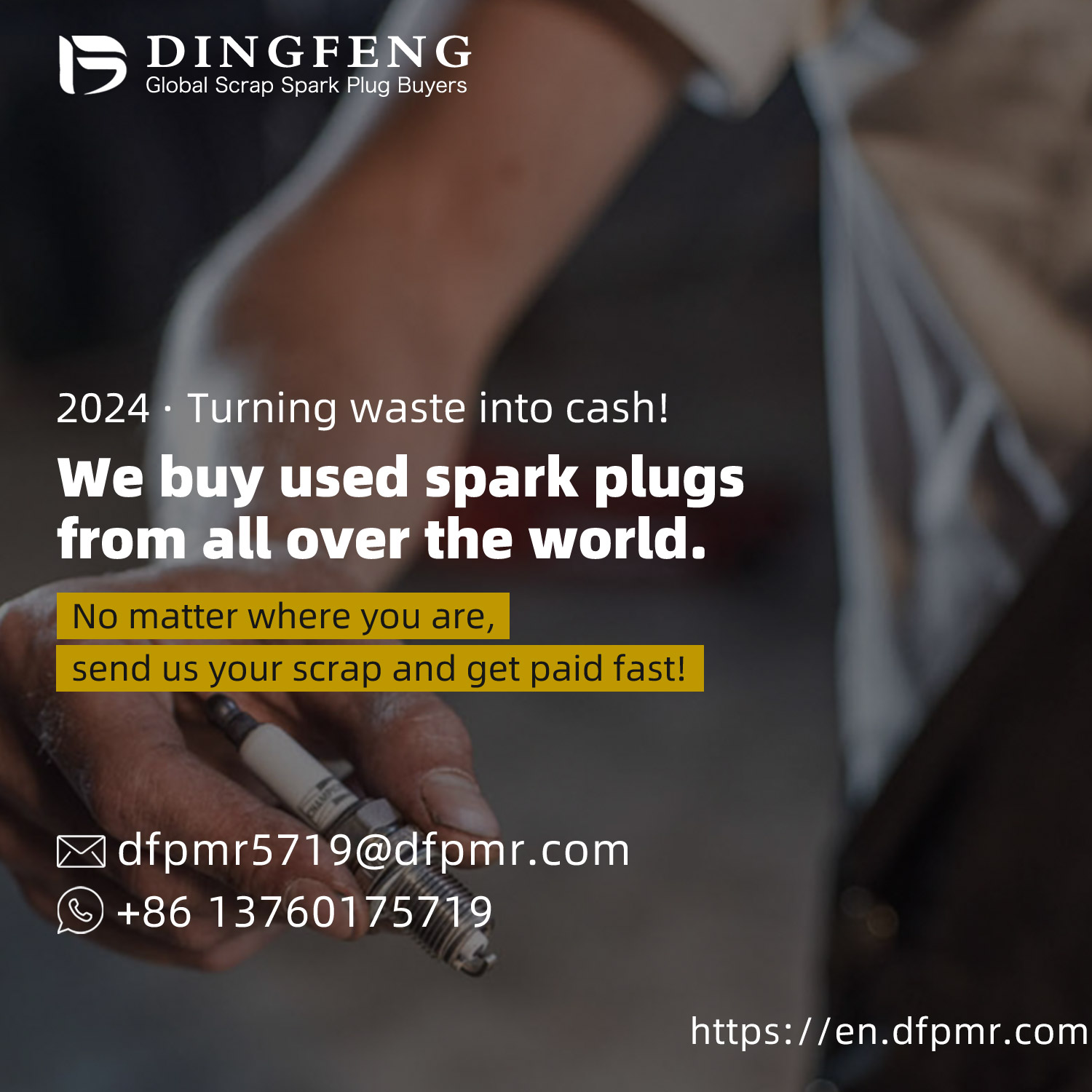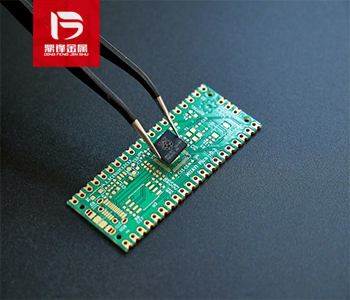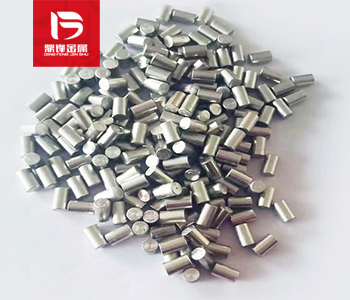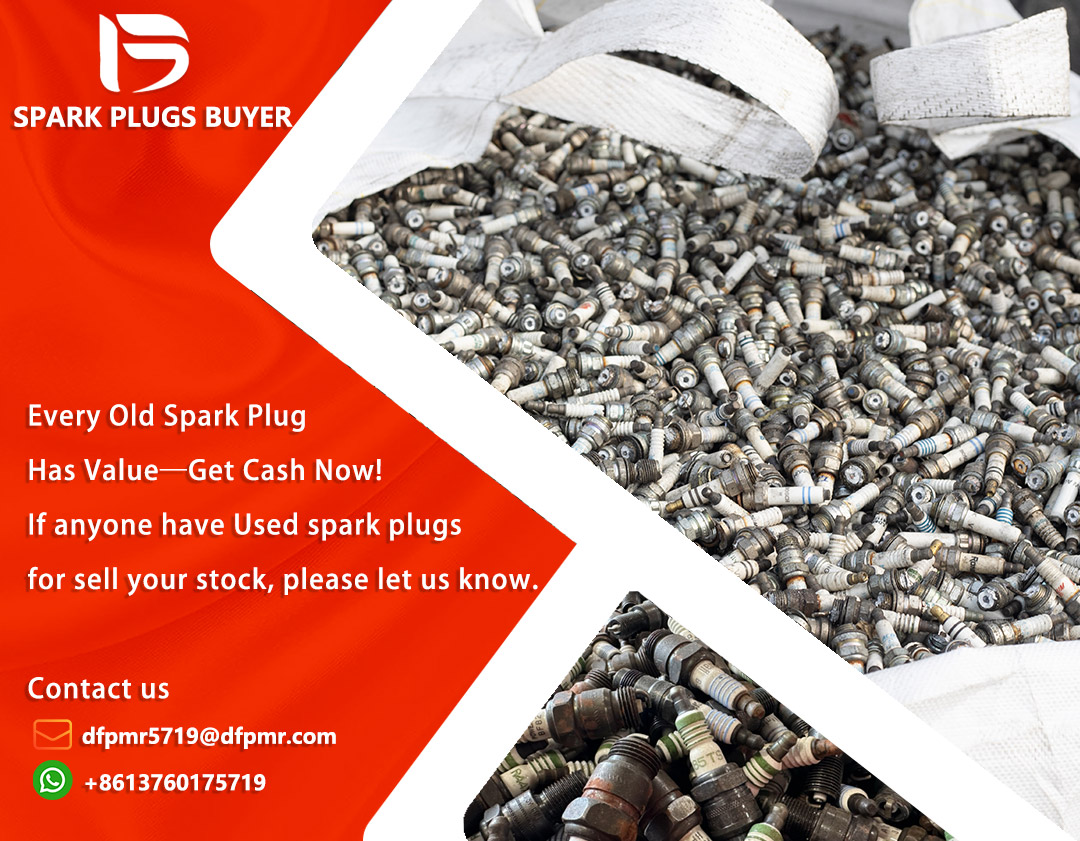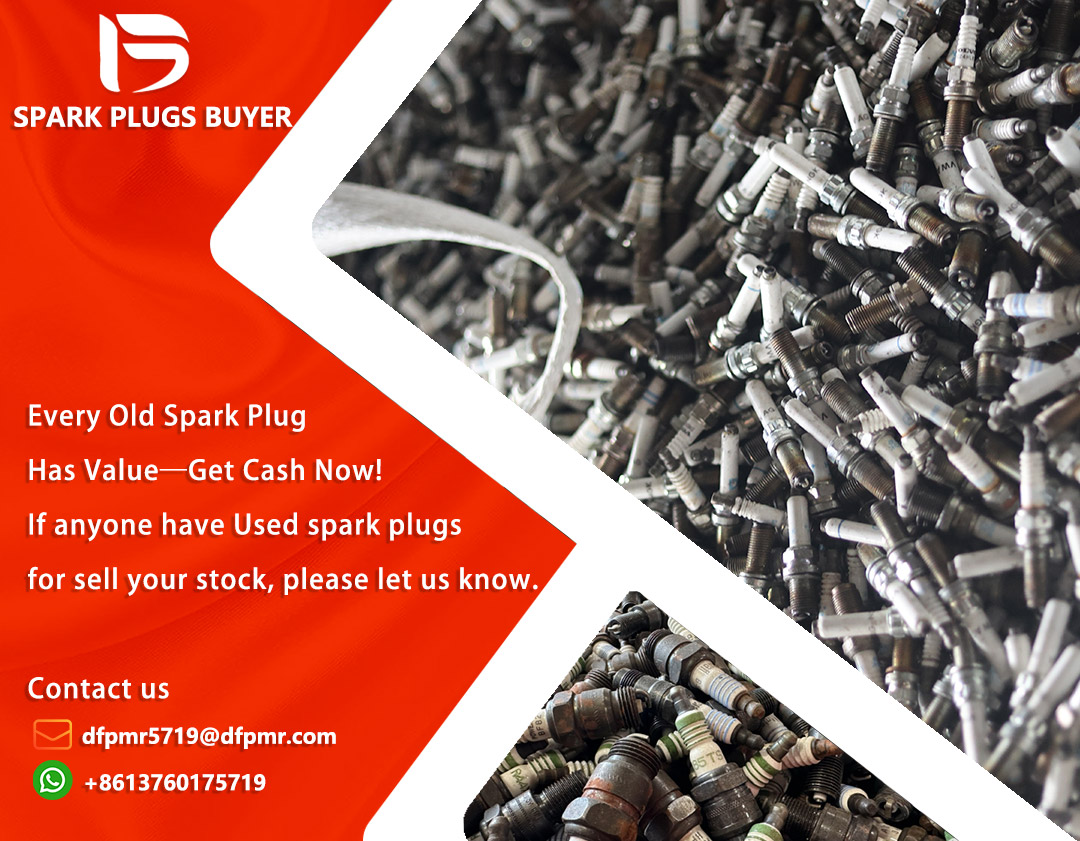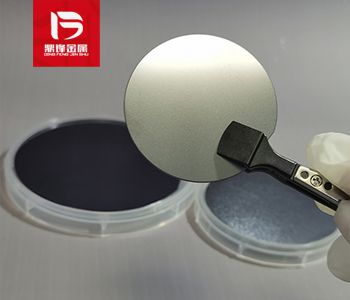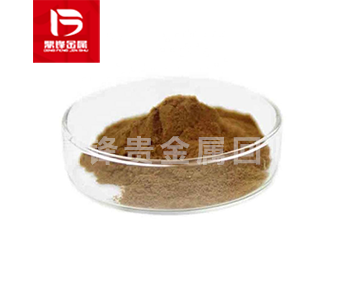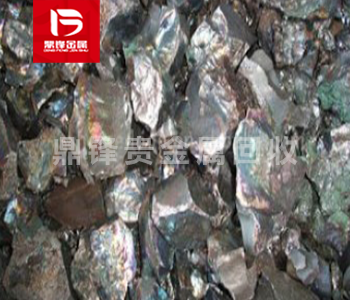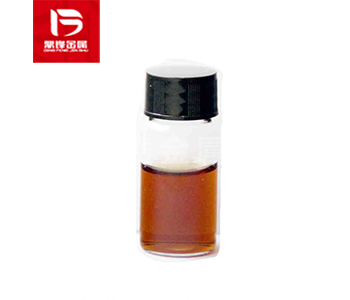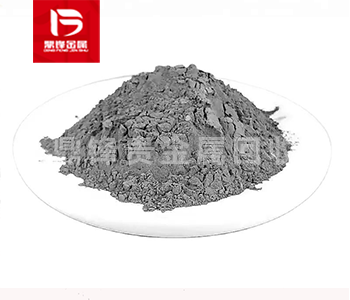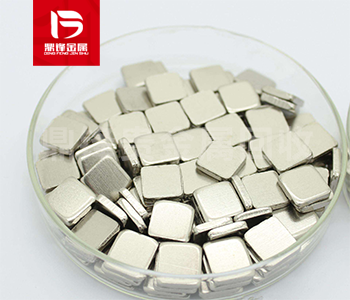The Growing Importance of Platinum Scrap Recycling in Modern Industry
Platinum is one of the most valuable and versatile precious metals in the world, with wide applications across the automotive, chemical, electronics, and jewelry industries. However, the natural reserves of platinum are limited, extraction is costly, and mining activities can have significant environmental impacts. For these reasons, platinum scrap recycling has become a critical solution for both economic efficiency and sustainable resource management.
Product Details
Platinum is one of the most valuable and versatile precious metals in the world, with wide applications across the automotive, chemical, electronics, and jewelry industries. However, the natural reserves of platinum are limited, extraction is costly, and mining activities can have significant environmental impacts. For these reasons, platinum scrap recycling has become a critical solution for both economic efficiency and sustainable resource management.
Why Platinum Recycling Matters
Unlike common metals, platinum is not easily substituted in most of its industrial applications. In catalytic converters, it plays an essential role in reducing harmful emissions. In the chemical industry, it acts as a highly effective catalyst for refining oil and producing fertilizers. In electronics, platinum is used for its conductivity and resistance to corrosion. Given this indispensability, the recycling of platinum scraps provides industries with a stable and reliable supply chain, reducing dependence on mining operations and volatile global markets.
Platinum mining is highly concentrated in a few regions, particularly South Africa and Russia. This geographic concentration creates vulnerabilities in the global supply chain, as political, social, or logistical issues can disrupt availability. Recycling offers a decentralized and more stable alternative. Through platinum scrap recovery, industries can regain access to precious metal supplies while lowering costs and minimizing geopolitical risks.
Sources of Platinum Scrap
Platinum scrap comes from multiple streams, including:
Automotive Catalysts – The largest source of platinum recycling is spent catalytic converters, which contain platinum, palladium, and rhodium. With millions of vehicles reaching end-of-life every year, this remains a key recycling opportunity.
Industrial Catalysts – Refineries, chemical plants, and fertilizer manufacturers often replace catalysts after prolonged use. These catalysts contain significant amounts of platinum that can be recovered through professional refining methods.
Electronic Waste – Platinum is used in hard drives, sensors, and electronic circuits. As global e-waste grows, recycling offers a new pathway to recover precious metals from discarded devices.
Jewelry and Investment Products – Broken, outdated, or unwanted platinum jewelry, as well as scrap from manufacturing processes, provide a steady flow of recyclable platinum.
Medical Equipment – Platinum is used in pacemakers, dental tools, and other medical applications, which also contribute to recyclable waste streams.
The Recycling Process
The recycling of platinum scraps involves a series of sophisticated steps:
Collection and Sorting: Scrap is gathered from various industries and sorted according to material type and platinum content.
Pre-treatment: Contaminants are removed to ensure efficient recovery. This may include mechanical processing such as crushing, grinding, or dismantling.
Smelting and Refining: Scrap is melted under controlled conditions to separate platinum from other metals.
Chemical Leaching: Advanced chemical processes dissolve platinum compounds, allowing precise separation and purification.
Final Refining: The recovered platinum is refined to high purity levels, suitable for reuse in industrial or commercial applications.
These methods ensure maximum recovery efficiency while maintaining the highest quality standards for recycled platinum.
Economic and Environmental Benefits
Recycling platinum scraps generates multiple advantages:
Cost Savings: Recycled platinum is significantly cheaper than newly mined material, reducing input costs for industries.
Environmental Protection: Recycling reduces the need for energy-intensive mining, lowering carbon emissions and land degradation.
Sustainability: With global demand for platinum expected to grow, recycling provides a renewable supply source that helps stabilize prices.
Circular Economy: Platinum recycling supports a circular economy model where resources are reused rather than wasted.
Conclusion
Platinum scrap recycling is no longer just a supplementary industry—it is a critical component of modern resource management. By recovering platinum from automotive catalysts, electronics, jewelry, and industrial waste, companies not only secure a valuable supply of precious metal but also contribute to global sustainability goals.
At Dingfeng Precious Metals, we specialize in professional platinum scrap recycling, providing efficient, transparent, and environmentally responsible recovery services. Whether you are a refinery, automotive recycler, electronics manufacturer, or jewelry producer, we help you maximize the value of your platinum waste while contributing to a greener future.
Contact us today at dfpmr5719@dfpmr.com or via WhatsApp +8613760175719 to discuss your platinum recycling needs.


